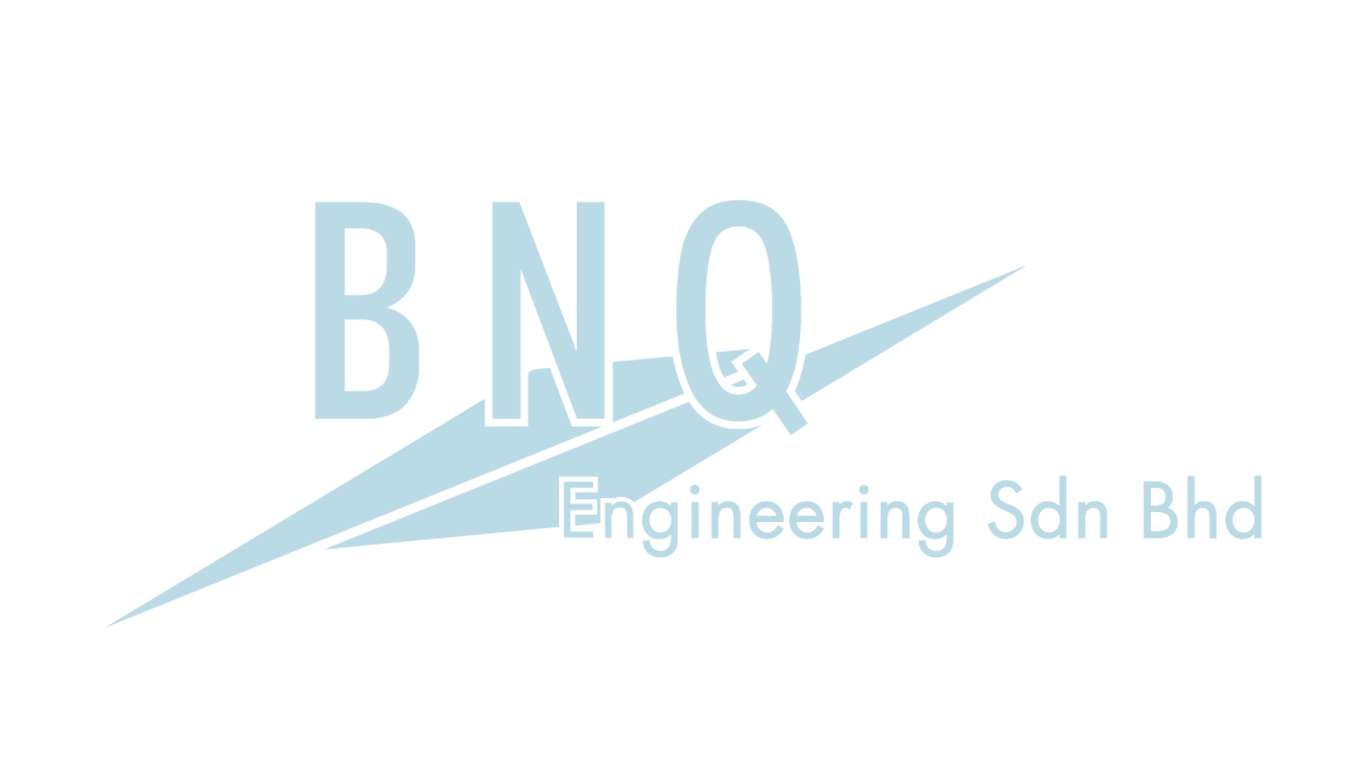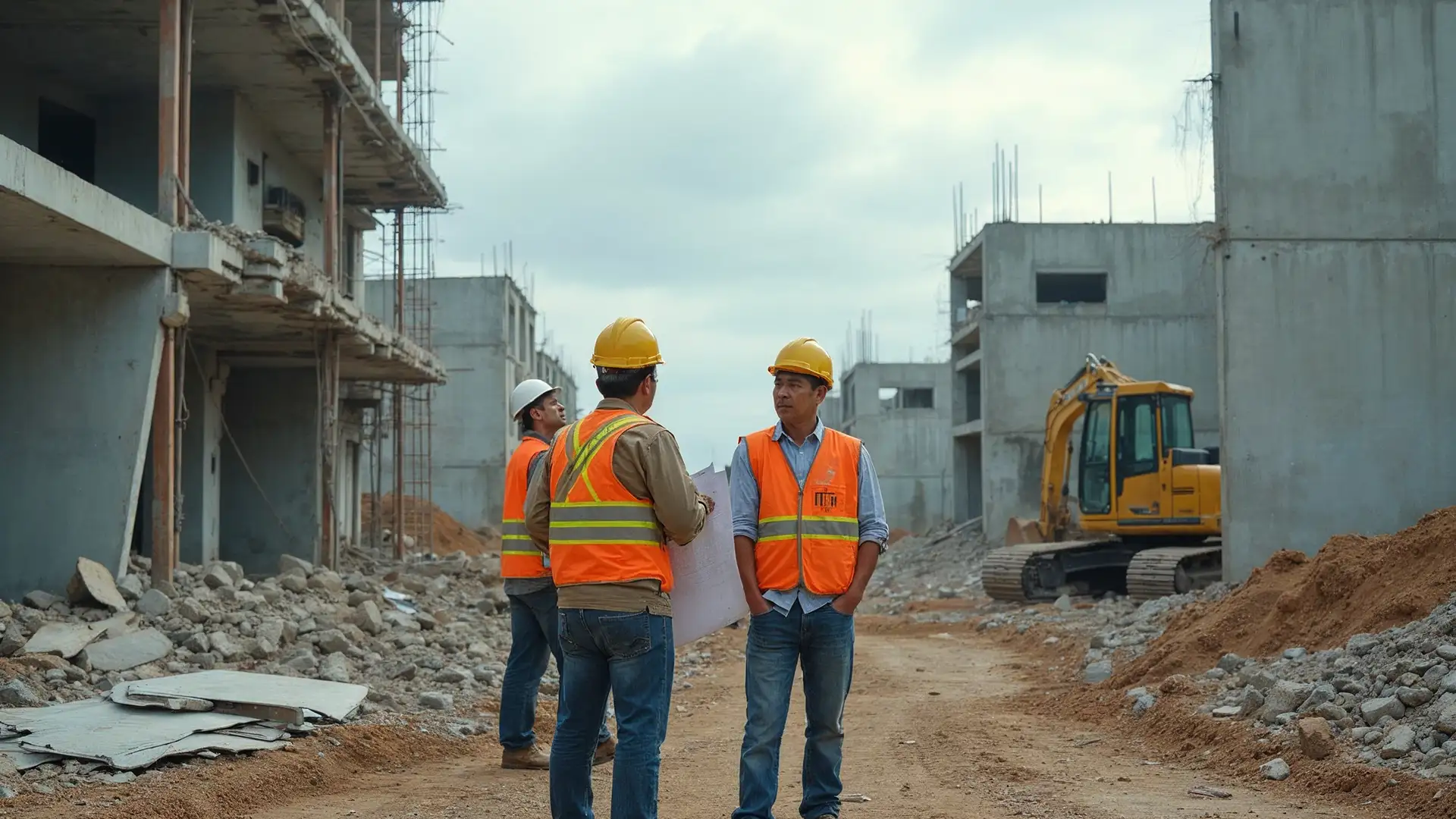When Planning Fails, Rework Follows
In construction, poor coordination doesn’t just slow things down—it leads to real costs. From rework and delays to variation orders and safety concerns, the ripple effects can impact both project timelines and bottom lines.
At BNQ Engineering, we believe many of these issues can be avoided with better upfront planning—specifically, by aligning CSA and MEP teams from day one.
What happens when coordination is an afterthought?
When MEP systems are planned in isolation, after civil and structural works have begun, the problems start to surface:
- Insufficient ceiling height for ducting or trunking
- Service risers placed too far from key equipment
- Conduits clashing with structural elements
- Rerouting that wastes materials, time, and labour
These may seem minor at first. But collectively, they lead to rework, patch jobs, variation orders, and unnecessary downtime.
Why early CSA + MEP integration matters
BNQ takes a different approach. By coordinating civil, structural, architectural, and MEP planning from the start, we help our clients avoid downstream issues. This includes:
- Identifying clashes during design, not construction
- Planning realistic MEP routing that avoids costly reruns
- Keeping timelines and budgets under control
When the right people are at the table early, we build with clarity, not guesswork.
Designed to work, built to last
The more complex the facility, the more critical this coordination becomes. Whether it’s a cleanroom, office tower, or production facility, designs must work not just on paper, but on-site, where every millimetre matters.
That’s why we invest in:
- Detailed shop drawings
- Joint design reviews
- Hands-on site supervision
It’s not just about ticking boxes. It’s about helping our clients avoid the friction, cost, and rework that come with misaligned planning.
Let’s build smarter—before the first brick is even laid. Planning a new facility? Talk to us about how early integration leads to smoother execution.


